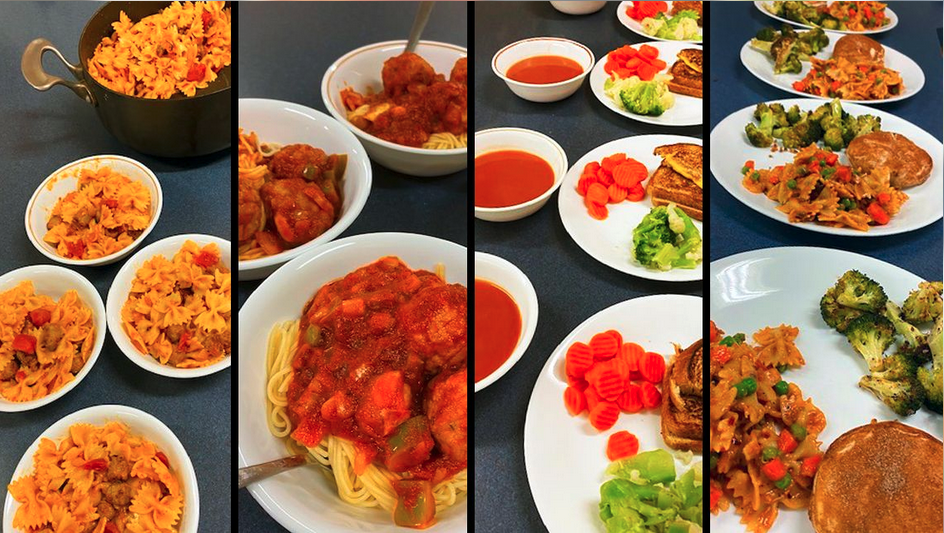More than 345 million people are facing high levels of food insecurity, which is more than double the number in 2020, according to the World Food Programme (WFP). As the cost of living increases, including higher prices for groceries, many parents are struggling to feed their families.
Students majoring in nutrition and dietetics in family and consumer sciences (FCS) learn the significant challenges underserved families face when it comes to accessing nutritious, sustainable food options. Assistant Professor Jessica Nigg teaches students about planning, budgeting and food preparation in FCS 103, Food Resource Management.
She wants to dispel the myth that this is simply home economics for undergrads. “This class serves a variety of purposes — it is not simply a cooking class,” she said. “The goal is to prepare students to be community advocates and to understand the basics of budgeting and planning issues families face.”
Her students review information from the Bureau of Labor Statistics, learn how meal planning is impacted by those on the supplemental nutrition assistance program (SNAP) and evaluate how the American diet aligns with recommended dietary guidelines.
One of the assignments is to devise a nutritious, balanced meal for a family of four for $10 or less. Each student group receives a $10 gift card to purchase ingredients for an entrée and side dish. They must have a source of protein, vegetables and a grain. Each group then prepares and presents their meal for the class.
“Most of them think of a meal centered around meat, which can be quite expensive,” Nigg said. “They’re challenged to find foods that fit into their budget, and that they can prepare.”
Some students already know how to work with limited resources and can put together a meal on a tight budget, while others have been dependent on their parents and find it difficult to work within the assignment’s limits. This is where the rubber meets the road — food preparation skills learned in the class can make a world of difference in the outcome.
Each year at least one group surprises Nigg with their ingenuity. “You see basics like grilled cheese with tomato soup and veggies, casseroles and soups. But the one that impressed me last semester was a spicy tuna casserole with roasted broccoli and a cinnamon sugar refrigerated biscuit as a dessert. They used a variety of cooking methods and delivered a hearty meal packed with veggies.”
There have also been some hard lessons learned. For instance, she’s had students purchase frozen meals that are advertised as “family size,” when in reality, it wasn’t adequate to feed a family of four.
“Had students purchased the items separately, I think they could have done so for less than $10 and it would have tasted better,” Nigg explained. “In the future, I’d like to work a bit more with them on coming up with ideas before they hit the grocery store.”
She often has the same students in advanced classes a year or two later, and they still talk about this assignment and the impact it had on them. By this time, many of them are living in an apartment for the first time, on a budget and applying what they learned.
“Even when things don’t go well in the assignment, it’s a learning experience that stays with them.”
